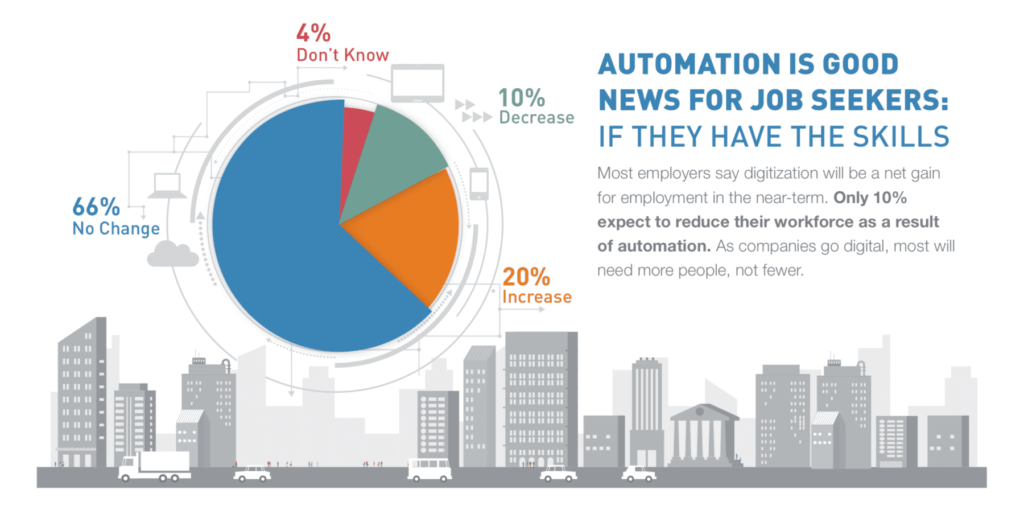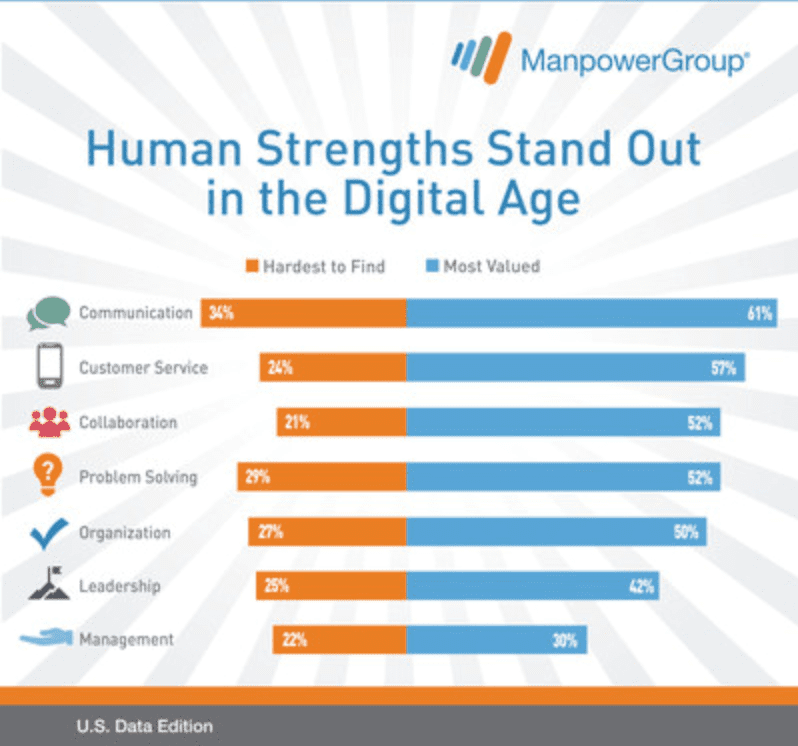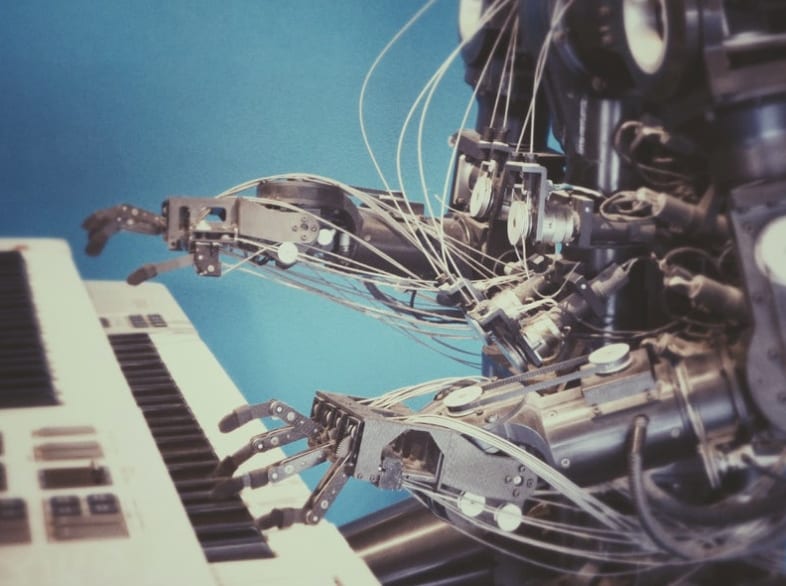The “Skills Revolution” has been on the horizon since a new generation of industrial robots arrived in Rust Belt towns in the early 1990s. Between 1990 – 2007, the National Bureau of Economic Research found that each robot eliminated six human jobs – a scary statistic that has led many to view artificial intelligence with a mixture of derision and suspicion
History tells us that the natural human tendency has always been to assume that this time and this technology must be different. Back in 1598, Queen Elizabeth I recoiled at the demonstration of a new machine that would speed the manufacture of silk stockings fearing it would “tend to the people’s ruin”; 200 hundred years later the same fears drove textile workers known as Luddites to burn factory equipment in protest – possibly the most famous example of panic over job-killing technology.
History also tells us that just like past technological leaps, these fears can be managed.
ManpowerGroup recently released a report “Humans Wanted, Robots Need you!”
It concluded that as technology rapidly transforms organizations, companies will need more people in the near-term to meet the demand stimulated by automation, not fewer.
The study has three findings which run especially counter to the narrative that many call “the job apocalypse” is coming:

1) Automation is creating jobs and the trend is set to stay.
91% will maintain or increase headcount in the next two to three years as industries shift to more advanced, automated processes.
2) Organizations that are automating most are creating the most jobs.
Companies that are digitizing are growing, that growth is producing more and new kinds of jobs. Of the 41% of companies automating tasks over the next 2 years, 24% will create more jobs, 6% more than those who don’t plan to automate.
3) More companies are planning to build talent than ever before.
As workers with in-demand skills grow increasingly hard to find, more companies are planning to build talent than ever before, with 84% of organizations expecting to be upskilling their workforce by 2020, a jump of 60% since 2015.

So are we heading towards a “job apocalypse” or a “skills revolution”?
“Technology is transforming organisations, skill needs are changing rapidly and we know that companies cannot find the talent that they need. We also know digitization and automation is happening at different speeds, impacting regions, sectors and organisations at different times in different ways. Human ingenuity and preference will be the lynchpin for how we leverage technology in our lives and businesses. We need to help people think differently too – We must nurture people’s curiosity so they have the desire and ability to continuously develop their skills to stay employable.” Jonas Prising, Chairman and CEO of Manpower Group
According to the British Council for Offices “As the majority of work carried out in organisations moves towards knowledge transaction, this has implications for the workplace. Work environments designed for linear transaction processes are less appropriate than those that support knowledge transfer and connect communities of people and autonomous workers. As work becomes more distributed, technology will play an even greater role, supporting mobility and virtual working, while the individual office building becomes just one part of an organisation’s workscape.”
Interesingly, organisations are increasingly paying attention to the physical environments in which creative and innovative activities take place. These environments reflect the firm’s strategic intentions towards innovation and provide a physical embodiment of their desired modes of working. A Gensler survey of more than 4,000 workers across 11 industries revealed a statistical link between an organization’s workplace design and how innovative its employees believe the company to be. This is part of the reason Workagile focuses on Salutogenic Design priniciples – a measurable aspect of design that can help a building’s inhabitant operate at peak performance, by continuously providing spaces that encourage creativity, comfort and wellness.
For further design insight, explore the importance of nurturing employee engagement, experience and effectiveness or the 12 elements of a thriving workplace.

